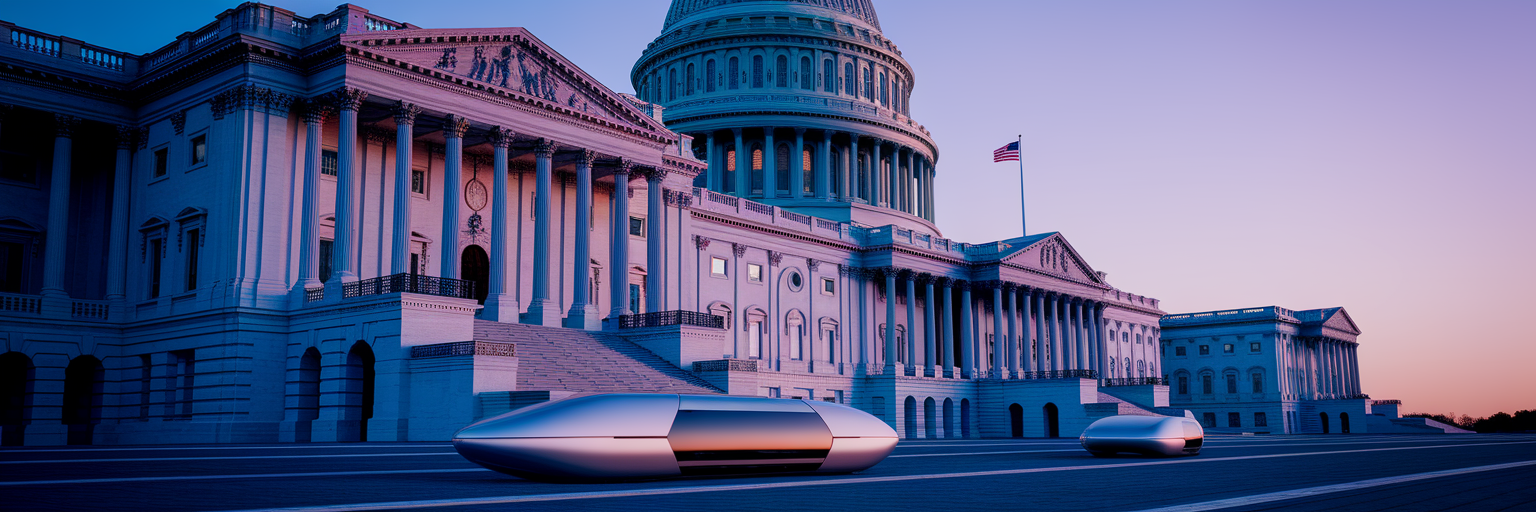A Partnership of Power and Populism
Alliances in politics are rarely born from friendship. They are forged in the currency of mutual benefit, and the partnership between Donald Trump and Elon Musk was a masterclass in this transactional art. Their connection was built on a shared, almost instinctual, ability to capture public attention and channel anti-establishment frustration. For both men, the advantages were clear and calculated. By aligning with a celebrated tech visionary, the political brand of Donald Trump gained a veneer of innovation, suggesting a presidency in tune with the future.
For Musk, the benefits were even more direct. Proximity to the Oval Office offered a unique opportunity to influence regulations and policies critical to his ventures, from SpaceX’s government contracts to Tesla’s position in the energy market. Their initial synergy was rooted in this shared understanding of power. They both recognized the immense value of speaking directly to their followers, using social media as a tool to bypass traditional gatekeepers and shape their own narratives.
This common ground created a powerful public image. The Trump Musk relationship appeared to be a union of political disruption and technological revolution. It was a partnership that seemed to promise a new way of doing things, blending populist appeal with Silicon Valley’s ambition. Before any specific policies were enacted or deals were made, the alliance itself was the message: two outsiders, ready to challenge the status quo. It was a calculated alignment of interests, designed for maximum impact from the very beginning.
The Alliance at its Zenith
At its peak, the collaboration between Trump and Musk moved beyond shared rhetoric into concrete action. The most visible symbol of their partnership was Musk’s appointment to lead the newly formed Department of Government Efficiency, known as DOGE. This move was presented as the ultimate fulfillment of their promise to dismantle bureaucratic red tape. It placed Musk, an icon of private sector agility, at the heart of the federal government with a mandate to streamline its operations. This effort to reform government contracting drew parallels to other federal initiatives, including the scrutiny over deals like the controversial migrant housing contract that was later scrapped.
Beyond the official appointment, Musk solidified his position in Trump’s inner circle with a massive financial commitment. His significant Musk political donations to the 2024 campaign, totaling nearly $300 million, were not just a contribution but a profound statement of investment. This financial backing cemented his role as a key player in the administration’s future. The alliance was frequently showcased in public, with Trump often praising Musk and his companies at rallies. He lauded SpaceX’s achievements as examples of American ingenuity and pointed to Tesla as a symbol of economic strength.
These public displays reinforced the perception of an unbreakable bond. An NPR report later noted this period as the high point of an alliance that surprised many observers with its duration and intensity. For a time, it seemed that the disruptive politician and the visionary industrialist had created a uniquely powerful force in American politics. Their partnership was no longer just an idea; it was a tangible force shaping policy and public perception.
The Policy That Sparked the Feud
Every powerful alliance has a breaking point, and for Trump and Musk, it arrived in the form of a single piece of legislation. The catalyst for their conflict was Trump’s “One Big Beautiful Bill,” an ambitious legislative package designed to consolidate his populist economic agenda. The bill aimed to bolster traditional American industries by prioritizing fossil fuels and rolling back a wide range of regulations. While it was framed as an “America First” initiative, its provisions contained a poison pill for Elon Musk’s business empire.
The core of the dispute was not a minor disagreement but an existential threat. The bill proposed dismantling the very clean energy incentives that were fundamental to Tesla’s business model and the broader electric vehicle market. This is the answer to the question of why did Trump and Musk fight. It was a direct collision between two fundamentally opposed visions for the future. Trump’s policy was rooted in industrial protectionism, designed to protect and revive legacy sectors. Musk’s entire enterprise, however, was built on a future powered by green technology and global supply chains.
The conflict exposed the irreconcilable differences that had been masked by their shared populist rhetoric. One man was looking to restore a past version of American industry, while the other was building a future that rendered it obsolete. The table below illustrates the core conflicts.
| Policy Area | Trump’s ‘One Big Beautiful Bill’ Objective | Musk’s Conflicting Business Interest |
|---|---|---|
| Energy Subsidies | Prioritize fossil fuels and traditional industry | Protect and expand clean energy tax credits for EVs |
| Manufacturing Regulations | Deregulate across the board to favor heavy industry | Maintain standards that incentivize green tech innovation |
| International Trade | Impose tariffs that could disrupt global supply chains | Requires open access to global markets for parts and sales |
Note: This table illustrates the fundamental conflict between the bill’s populist industrial focus and the global, green-tech-dependent model of Musk’s companies like Tesla.
A Public War of Words
What began as a private policy dispute quickly erupted into a public spectacle. The disagreement over the “One Big Beautiful Bill” spilled onto social media, turning X and Truth Social into digital battlegrounds. The Elon Musk Trump feud became a defining case study in how modern political conflicts are fought in the open, amplified by algorithms and fueled by public reaction. The attacks were swift, personal, and designed for maximum damage.
As detailed in reporting by NBC News, the digital combat escalated rapidly. The nature of their exchanges moved far beyond policy debate, descending into deeply personal territory. This shift reflects a broader trend where political disagreements have become increasingly sharp and personal. The public unraveling of their alliance was characterized by a series of escalating retaliations:
- Trump’s Retaliation: The former president unleashed a barrage of Trump social media attacks. He threatened to cancel lucrative federal contracts with SpaceX and Tesla, directly targeting Musk’s financial interests. He also publicly accused Musk of ingratitude, framing his opposition as a personal betrayal after receiving government support.
- Musk’s Counter-Attacks: Musk did not hold back. He used his platform on X to sharply criticize the bill’s economic flaws, calling it short-sighted and destructive. In a move that escalated the conflict dramatically, he provocatively suggested that Trump’s name might appear in unreleased files related to Jeffrey Epstein, a clear attempt to inflict maximum reputational damage.
This war of words demonstrated a new reality where personal loyalty and public perception are weapons. The fight was no longer about a bill; it was about dominance, respect, and control of the narrative.
The Political and Financial Consequences
The feud’s fallout was immediate and severe, extending far beyond social media posts. The first tangible consequence was financial. Musk, feeling betrayed, weaponized his most potent tool: his capital. He announced he was withholding the remaining funds from his massive campaign pledge, a move that sent shockwaves through the Republican fundraising apparatus. This decision was not just a withdrawal of support; it was a clear signal that his financial power could be used as both a shield and a sword.
Politically, the conflict created a significant rift within the Republican base. Supporters were suddenly forced to choose between their political leader and a celebrated icon of American innovation. This division created an uncomfortable dynamic, splitting loyalty between the populist movement Trump commanded and the aspirational futurism Musk represented. The public denunciation of a major business ally also had a chilling effect on Trump’s relationship with the broader corporate world.
The message was unmistakable: absolute personal loyalty was valued above policy alignment or mutual benefit. This stance risked alienating other powerful business leaders who might have been willing to collaborate but were wary of the potential for public rebuke. The internal power struggle had wider implications, demonstrating how fragile alliances can be, much like the delicate balance required to maintain large international alliances like NATO, where personal dynamics can influence stability on a global scale.
What the Feud Reveals About Modern Power
The spectacular collapse of the Trump-Musk alliance serves as a cautionary tale about the inherent instability of partnerships built on personality and convenience. When alliances lack a foundation of deep ideological alignment, they become vulnerable to the conflicting self-interests of their architects. This episode has fundamentally reshaped the relationship between Washington D.C. and Silicon Valley. It proves that tech billionaires are no longer just influential donors; they have evolved into political forces in their own right, capable of directly challenging a sitting president and mobilizing public opinion against him.
Will this public feud lead to more caution in the future? Or will the potential rewards of such high-stakes collaborations continue to attract powerful figures? The saga forces us to question the very nature of influence. Tech leaders are increasingly leveraging sophisticated methods to build power, blending technological prowess with political maneuvering. The use of intelligent strategies for influence, once confined to corporate boardrooms, is now a key part of modern leadership in the political arena.
Ultimately, the Trump-Musk story teaches us that power in the 21st century is more fluid and personalized than ever before. It is wielded not just through legislation and executive orders but through tweets, financial leverage, and the command of public attention. The lines between business, technology, and politics have blurred, creating a new landscape where personal brands can rival political parties and a single policy disagreement can unravel the most powerful of alliances.









